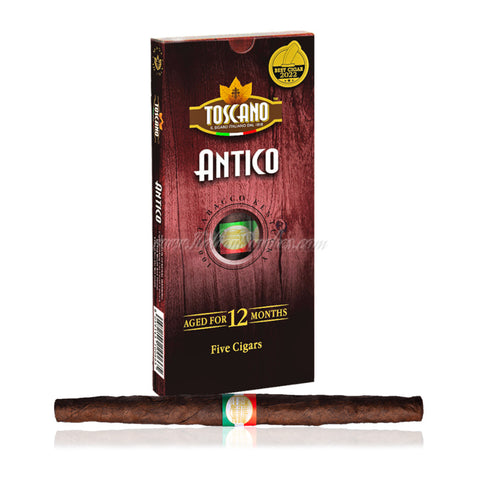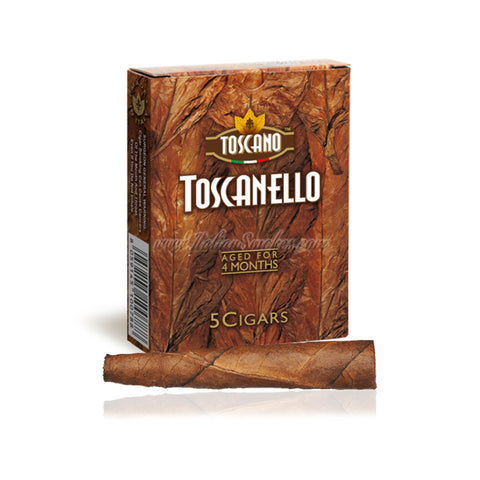The Origins of the Cheroot Cigar: A Timeless Tradition
Cigars have a long and storied history, with different varieties emerging from cultures worldwide. One such variety, the cheroot, has an intriguing past that traces back to Southeast Asia. Known for its straight, open-ended shape and robust flavor, the cheroot has been enjoyed for centuries and continues to be a beloved choice for cigar aficionados.
The Birthplace of the Cheroot
The origins of the cheroot cigar can be traced to Myanmar (formerly Burma), where indigenous communities have cultivated and processed tobacco for generations. The term "cheroot" is believed to have been derived from the Tamil word curuttu, meaning "roll" or "twist," reflecting the cigar’s cylindrical shape. While commonly associated with Myanmar, cheroots have also been popular in India, Thailand, and other regions of Southeast Asia.
Unlike traditional cigars, which often have a tapered or rounded end, cheroots are distinctive for their open-cut ends on both sides. This simple yet effective design allows for an even burn and a smooth smoking experience. Historically, cheroots were hand-rolled using locally grown tobacco wrapped in dried leaves, making them an accessible and economical choice for smokers across social classes.
The Colonial Influence
During British colonial rule in the 19th and early 20th centuries, cheroot cigars gained wider recognition. British officials and travelers visiting Myanmar and India were introduced to these unique cigars and often took them back to Europe. The cheroot quickly became associated with colonial life, with its rustic appeal distinguishing it from more refined European cigars.
This era also saw the rise of cheroot production on a larger scale. Local artisans refined their rolling techniques, and tobacco farms expanded to meet growing demand. Despite competition from Western-style cigars, cheroots retained their distinct identity, appealing to those who preferred their straightforward, no-frills design.
The link for smokers of Italian cigars comes from a shift in cigar production techniques that became common in post-World War II Italy. The construction of these cigars made them optimal for mechanical rolling. In the 20th century, the ever-growing industrialization of these smokes created a more affordable cigar that became popularized in Italy, and ultimately immortalized in the classic "Spaghetti Western" films of the late sixties and seventies.
Cheroots in Popular Culture
Beyond their historical significance, cheroot cigars have made their mark in literature and film. Westerns and adventure stories often feature characters puffing on cheroots, reinforcing their association with rugged independence. A notable example is Clint Eastwood’s portrayal of "The Man with No Name" in Sergio Leone’s Spaghetti Western films (for example, A Fist Full of Dollars (1964)). This character popularized the image of a gunslinger with a cheroot (Toscano Antico) clenched between his teeth, adding to the cigar’s mystique.
Toscano Cheroot Cigars
Among the most renowned cheroot cigars in the world is the Toscano cheroot, an Italian take on this traditional cigar style. Originating in the early 19th century, Toscano cigars, as well as the Toscanello line of flavored cigars, are made using Kentucky tobacco and are known for their rustic appearance and intense flavor profile. Unlike Southeast Asian cheroots, Toscano cheroots undergo a unique fermentation process that enhances their strength and complexity.
These cigars are often smoked whole or cut in half, a tradition that has made them popular among both casual and seasoned smokers. Toscano cheroots have also found their way into European cinema and literature, further solidifying their place in global cigar culture. Their strong, earthy notes and slow burn make them a distinctive choice for those looking to experience a robust smoking experience.
The Modern-Day Cheroot
Today, cheroot cigars continue to be produced and enjoyed, particularly in Myanmar and parts of India. While the traditional hand-rolled method remains prevalent, mechanized production has also made cheroots more widely available. Their affordability and distinctive taste make them an appealing choice for both seasoned smokers and those new to cigars.
Despite the evolution of the cigar industry, the cheroot remains a testament to the enduring appeal of simplicity and tradition. For those looking to experience a piece of history with every puff, the cheroot offers a unique and flavorful journey into the past.
Conclusion
The cheroot cigar, with its deep-rooted history and cultural significance, continues to hold a special place in the world of tobacco. From its humble beginnings in Southeast Asia to its presence in global popular culture, the cheroot’s legacy endures. Whether smoked by a colonial traveler, a cinematic outlaw, or a modern-day enthusiast, the cheroot stands as a symbol of tradition, resilience, and timeless enjoyment.
Shop the Blog
Embrace the ruggedness of a true cheroot cigar. Explore Toscano full cheroots and Toscanello half cheroots at Italiansmokes.




